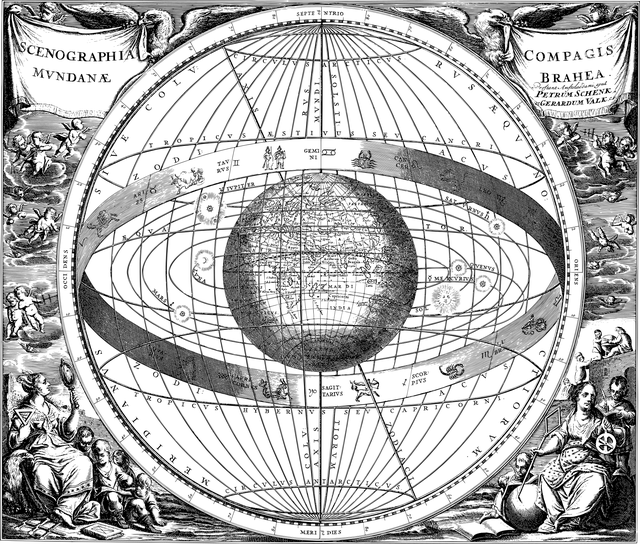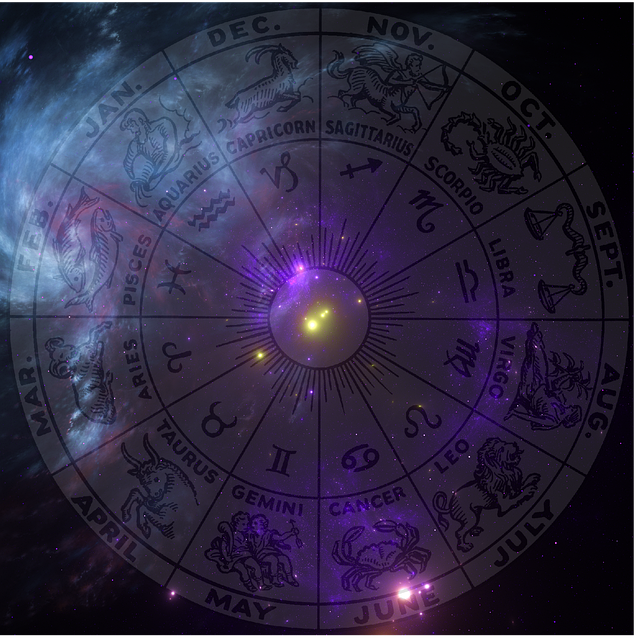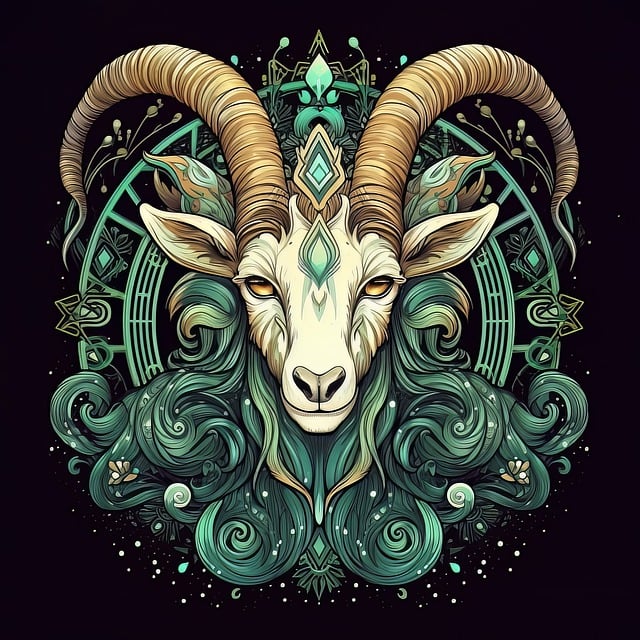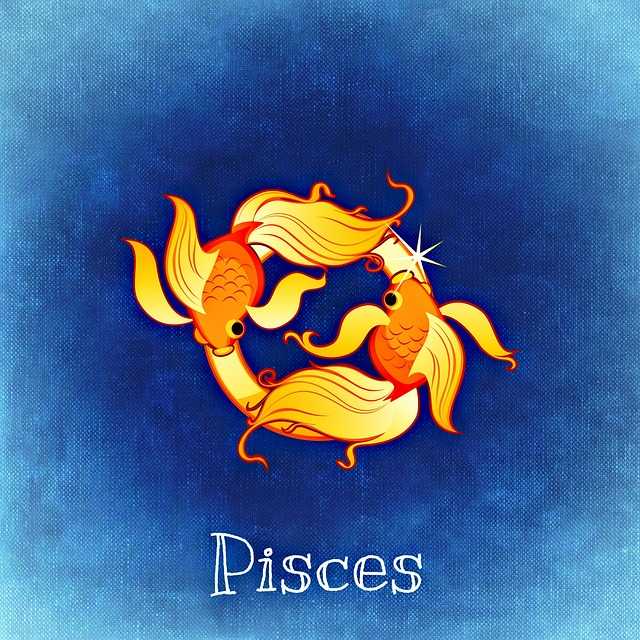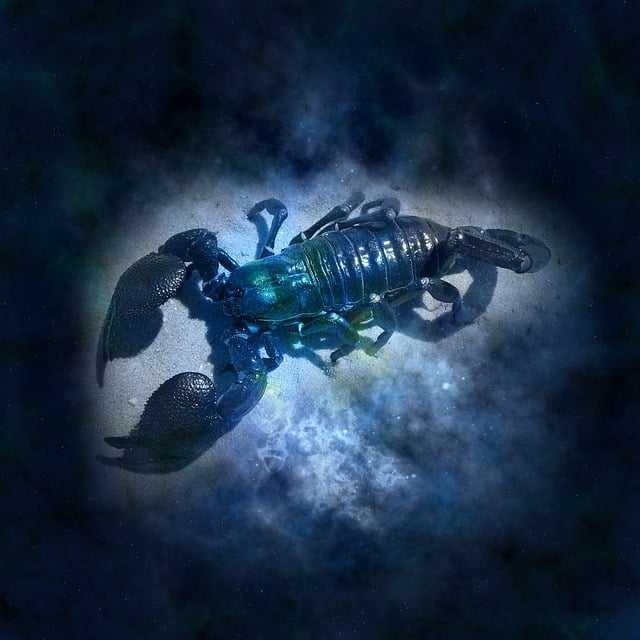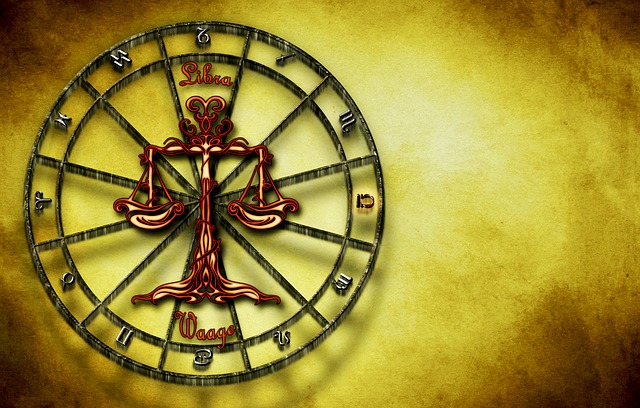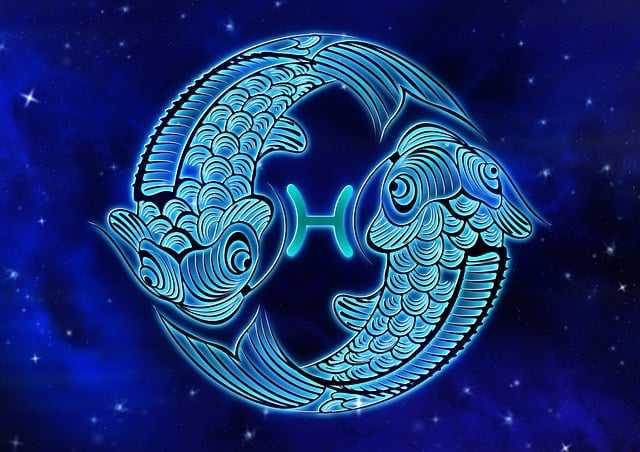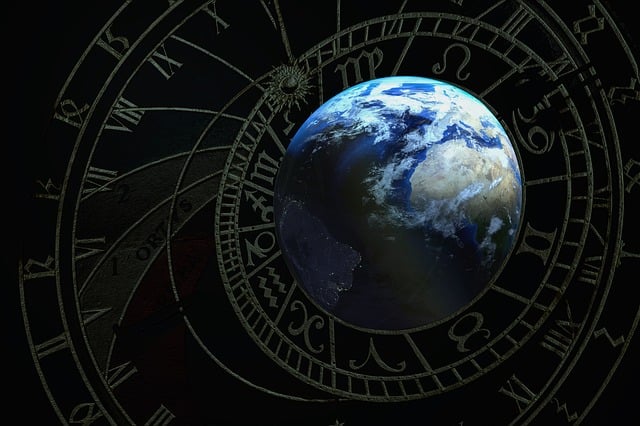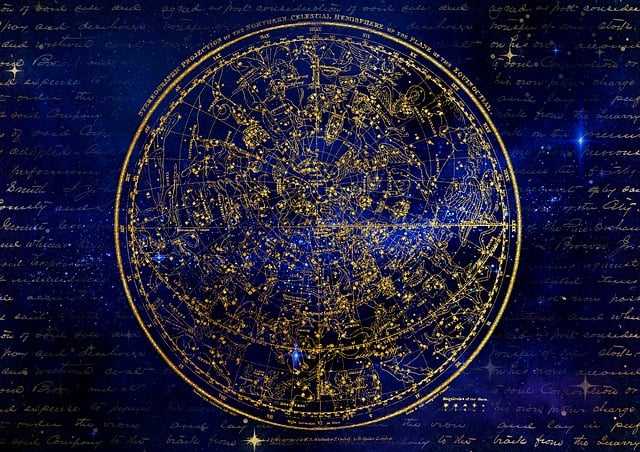Self-assessment of which side of the Tarot cards is upright and which is inverse? How can you tell whether the Tarot cards are upright or inverse? Tarot cards are still quite popular nowadays, and many friends like to explore their own fortune through Tarot. develop. Tarot can be divided into upright and reverse positions. So, which side of the tarot cards is upright and which is backwards? How can you tell whether the tarot cards are upright or reversed by yourself?
Self-assessment of the tarot cards, which side is upright and which is inverse
Self-assessment of the tarot cards, which side is upright and which is inverse? Tarot cards Test for yourself how to see the upright and inverted position? The upright position means that the image is upright, and the inverse position means that the image is upside down.
In Tarot cards, each card has an upright position and a reversed position. The reversed position means that the card is turned upside down. Compared with the upright position, the reversed position means that the meaning of the card has changed. Usually represents an opposite or obstructive energy. The appearance of reversed cards can make the interpretation of the cards more in-depth and help you better understand the nature of the problem.
It should also be kept upright with the cards facing down, folded and put aside. If guessing for others, the diviner's direction of rotation is counterclockwise. If you are guessing for yourself, rotate the cards 90 degrees clockwise.
It is very simple to self-test which side of the Tarot cards is upright and which side is upright and inverse. After shuffling the cards, cut the cards [actually you don’t have to cut them]. At this time, the card is placed horizontally. Rotate the card ninety degrees clockwise to make it positive. At this time, the cards drawn can be seen in reverse position. Usually there will be text prompts on the cards. or digital identification. It can be judged based on this.
Three major systems of Tarot cards
namely Tarot of Marseilles (Tarot of Marseilles) and The Rider-Waite Tarot (The Rider-Waite Tarot) , Thoth Tarot, also known as Aleister Crowley Thoth Tarot.
1. Marseille Tarot
The Marseille Tarot is a classic tarot card from Marseille, France. Since the end of the 15th century, there have been documented records of the local publication of a large number of printed tarot cards. The structure of the seventy-eight standard tarot cards recognized today is based on the specifications of the Marseille tarot cards.
2. Waite Tarot Cards
The Waite Tarot Cards were created by Arthur Edward Waite, a member of the famous Golden Dawn Society. Waite (1857-1942) founded the structure and Pamela Coleman Smith (Pamela Coleman Smith) drew, and together they created this tarot deck that has the most profound influence on later generations and the largest circulation.
3. Thoth Tarot Cards
The Thoth Tarot Cards were created by Aleister Crowley, a very controversial occultist in modern times. Aleister Crowley, 1875-1947), in collaboration with Frieda Harris, spent five years (1938-1943) integrating astrology, Kabbalah, and the I Ching , mythology, alchemy, magic and other occult elements to create this Egyptian-themed Tarot deck.
Tarot upright
Tarot upright means that the card is upright, which represents a positive expression of the energy and meaning symbolized by the card. . When a card is in its rightful place, the message it conveys is usually positive, balanced, and beneficial. It represents the potential, strengths and opportunities that people have in their current situation.
In the Tarot card position, each card has a unique meaning and symbol. Let's take the upright Fool card as an example to describe it. The Fool card represents fearless adventure and new beginnings. When the Fool card is upright, its message is one of courage, optimism, and confidence. It encourages people to take risks, let go of the past and embark on new journeys. In this case, the Fool card in its upright position reminds people to trust their intuition and inner wisdom, and to pursue their dreams and goals bravely.
Tarot Reversed
Tarot cards reversed means that the cards are upside down, which represents the obstacles, energy and meaning symbolized by the cards. Challenge or imbalance. When a card is reversed, the message it conveys is usually negative, unstable, or requiring special attention. Reversed tarot cards can be a warning, reflection or reminder that requires serious thought and processing.
Take the reversed Fool card as an example. It may convey a message of irresponsibility, impulsiveness or lack of planning. The reversed Fool card reminds people to proceed with caution and avoid impulsive and unwise decisions. It may signal the need for more thought, planning and careful action.
Each card has different meanings and effects when it is upright or reversed. Upright usually represents a positive expression of the energy symbolized by the card, while reversed can suggest obstacles, challenges, or areas that require more attention. This contrast makes the tarot cards richer and more detailed, and also reminds people to pay attention to this difference when interpreting the cards to obtain a more comprehensive and accurate understanding.
Whether upright or reversed, Tarot cards are a tool to guide and inspire personal thinking. They help people explore deeply within themselves, face challenges, and pursue personal growth. Whether it is a positive revelation or a warning of adversity, tarot cards can help people better understand and cope with the ups and downs of life.


